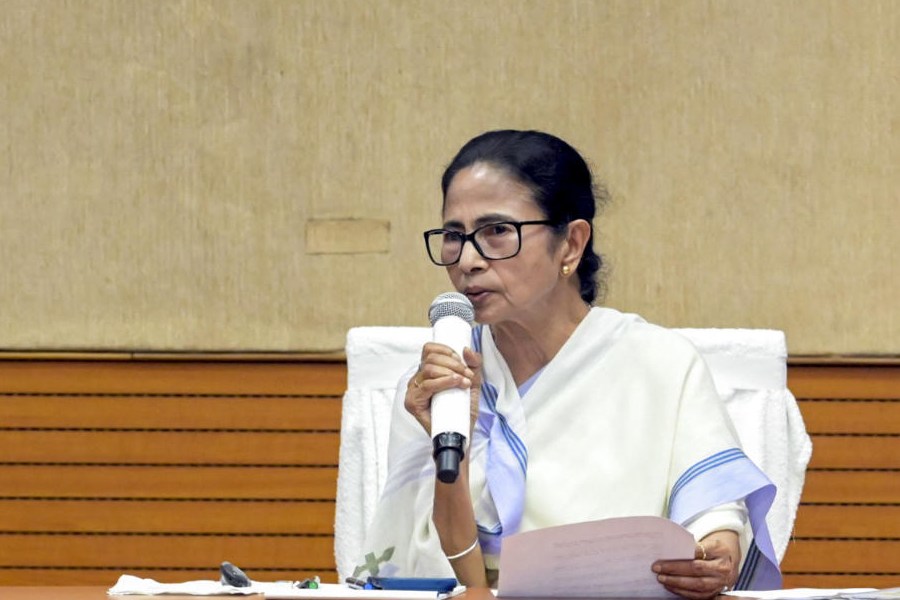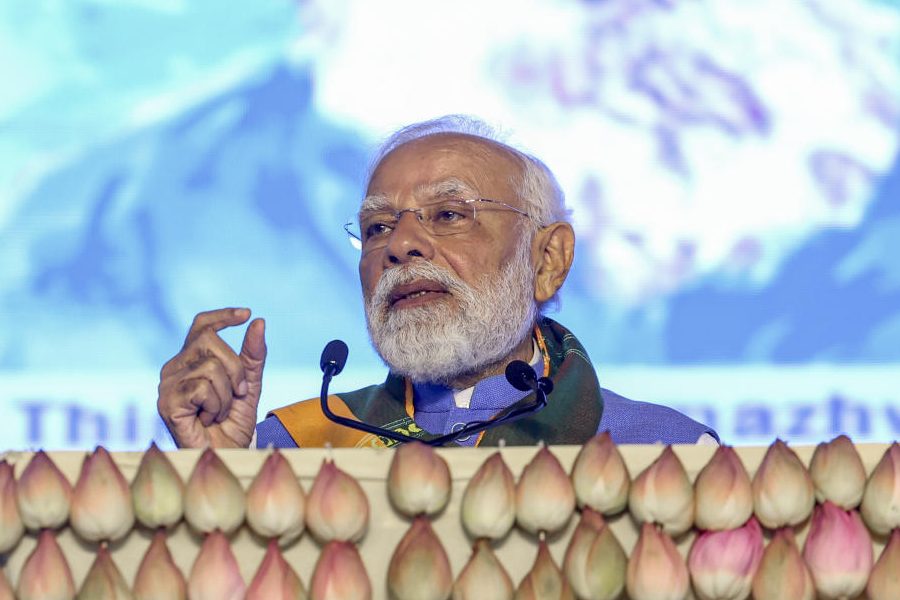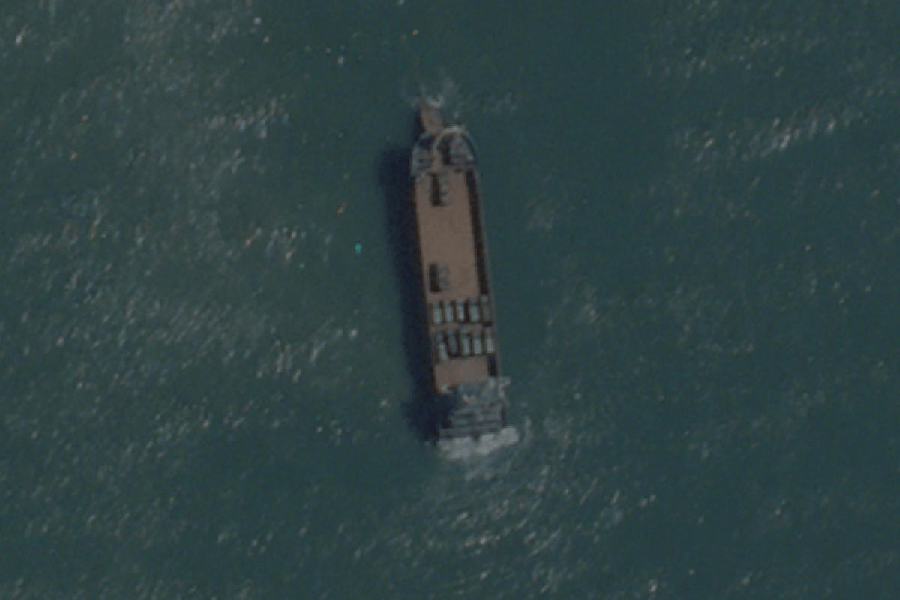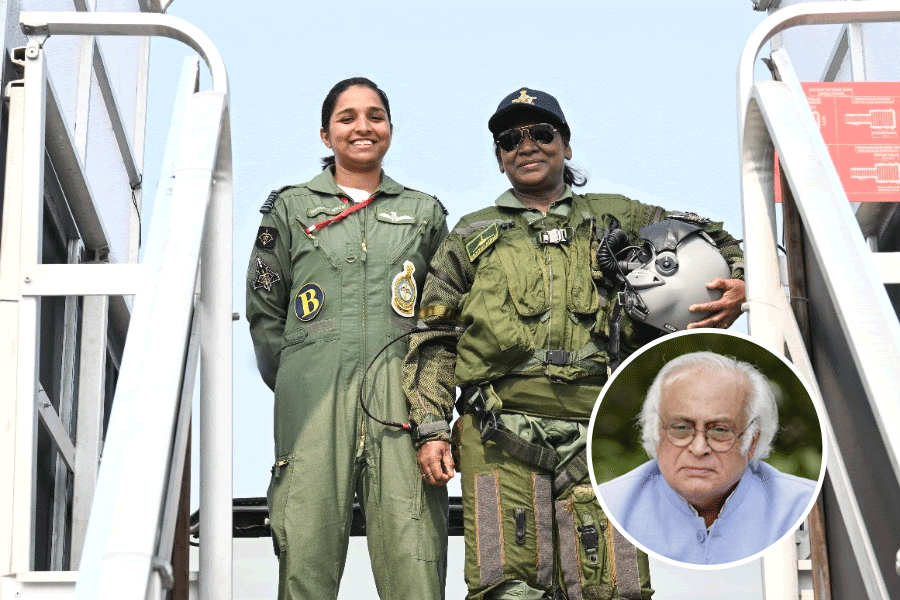The Indian Army and the Indo-Tibetan Border Police (ITBP) are preparing for the sixth consecutive winter along the China frontier in eastern Ladakh.
The ITBP has installed the latest surveillance devices, including high-resolution CCTV cameras, near multiple demilitarised “buffer zones” to keep an eye on the People’s Liberation Army, sources in the security establishment said.
The Chinese PLA is said to have remained within India-claimed lines at these buffer zones (no man’s land), which were created as part of the disengagement agreement reached between the two sides. The PLA is estimated to have taken over close to 1,000sqkm of India-claimed territory in eastern Ladakh since the border standoff in May 2020.
“The army and the ITBP are bracing for another challenging winter in Ladakh. The border-guarding force is installing more high-tech surveillance devices, including CCTV cameras and watch towers, besides equipping itself with technical drone surveillance, to keep a close watch on the movements of PLA soldiers at multiple buffer zones,” a security official attached to the Union home ministry told The Telegraph.
The ITBP, the first line of defence along the India-China border, protects the 3,488km Line of Actual Control that passes through Ladakh, Arunachal Pradesh, Sikkim, Uttarakhand and Himachal Pradesh.
The temperature in the harsh terrain — 12,000-14,000ft above sea level — dips to
-40 degrees Celsius during peak winter.
“The army has also increased its military readiness and is rejigging its deployment at several points in the forward areas of the LAC ahead of the approaching winter,” the official said.
According to the agreement with Beijing last October, the Chinese army disengaged from the last two incursion points — the Depsang Plains and Demchok in Ladakh. The two sides are yet to de-escalate the situation by pulling back the frontline forces from the border.
Uncertainty persists over the buffer zones that were earlier created by altering the status quo at multiple transgression points, including in the Galwan Valley. There had been “partial” Chinese disengagement from the Galwan Valley, the south and north banks of the Pangong Lake, Hot Springs and Gogra by an equal distance to create buffer zones.
This has left the Chinese still within India-claimed lines, while the Indians have retreated within their own territory, prompting military veterans to allege that India was “ceding more territory”.
Each side continues to forward deploy over 60,000 troops along with weaponry along the LAC in eastern Ladakh.
An Intelligence Bureau official said both the army and the ITBP had identified at least 20 “sensitive” spots
along the China frontier from Ladakh to Arunachal Pradesh that are prone to intrusions and incursions.










